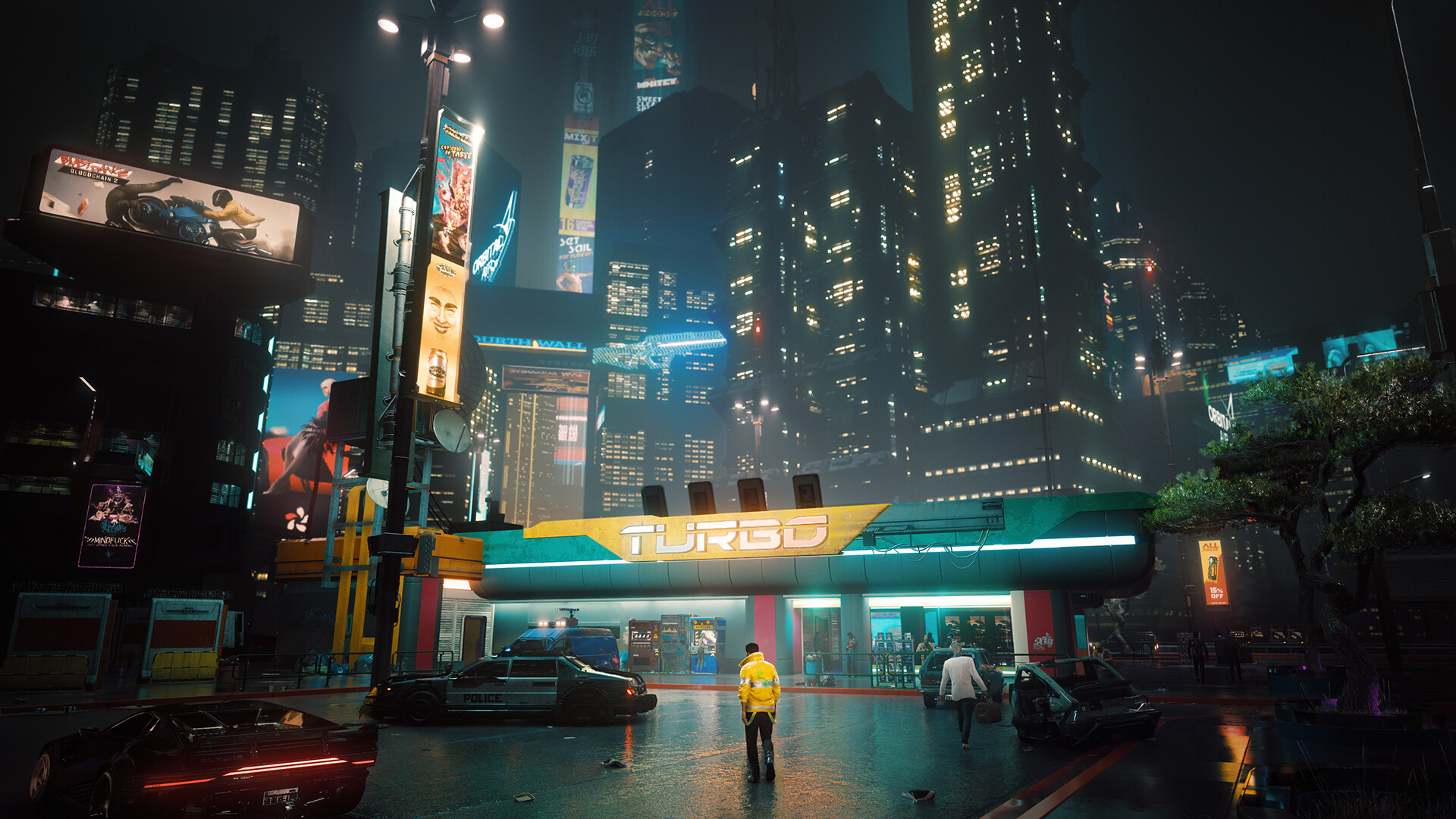God Eater 3 Score: Anime Hunting Alternative
The world of action RPGs is vast, with franchises like Monster Hunter dominating the hunting genre for years. Yet, for those seeking a faster, more anime-infused experience, God Eater 3 stands as a compelling alternative. With its high-octane combat, striking art style, and deep lore, God Eater 3 carves out its own niche while paying homage to its predecessors. This article explores why God Eater 3 deserves recognition as a standout title in the hunting game genre, examining its gameplay, narrative, and unique identity.
A Faster, More Fluid Combat System
One of God Eater 3’s most defining traits is its combat speed. Unlike Monster Hunter, which emphasizes deliberate, weighty movements, God Eater 3 embraces a frenetic, almost Devil May Cry-like pace. Players wield transforming weapons called God Arcs, which shift between melee, gun, and shield modes seamlessly. The ability to chain attacks, dash mid-combo, and unleash devastating Burst Arts keeps battles exhilarating.
The introduction of the Accelerated Trigger system further enhances mobility, allowing players to perform aerial dashes and rapid evasions. This mechanic rewards aggressive playstyles, making every encounter feel like a high-stakes duel rather than a slow, methodical hunt. For players who crave speed and precision, God Eater 3 delivers in spades.
Anime Aesthetics and Worldbuilding
Visually, God Eater 3 leans heavily into its anime roots. The character designs, animated cutscenes, and even the over-the-top weapon animations scream shonen action. The game’s post-apocalyptic setting—where humanity battles monstrous Aragami—feels ripped straight from a dystopian anime series. The Ashlands, a corrosive wasteland, add a layer of urgency to the narrative, reinforcing the desperation of the world’s last survivors.
The story, while not groundbreaking, carries emotional weight. Players take on the role of an Adaptive God Eater (AGE), an outcast with enhanced abilities but a shortened lifespan. The themes of sacrifice, camaraderie, and defiance against fate resonate strongly, especially in the game’s later arcs. While some may find the dialogue melodramatic, it fits perfectly within the game’s anime-inspired tone.
Customization and Progression
God Eater 3 offers extensive customization, from weapon crafting to character appearance. The game’s crafting system allows players to tailor their loadouts to suit different Aragami types, encouraging experimentation. Unlike Monster Hunter, where weapon upgrades can feel grindy, God Eater 3 streamlines the process, ensuring players spend more time fighting and less time farming.

The skill system, tied to equipment rather than character levels, provides flexibility. Players can mix and match passive abilities, creating builds that complement their playstyle—whether it’s a tanky shield user or a glass-cannon sniper. This approach keeps progression engaging without overwhelming newcomers.
Multiplayer and Replayability
Co-op is where God Eater 3 truly shines. The game supports up to eight players in certain missions, fostering chaotic but satisfying teamwork. Unlike Monster Hunter, where hunts can drag on, God Eater 3’s shorter mission structure makes it ideal for quick sessions. The inclusion of time-attack challenges and difficulty modifiers adds longevity, ensuring veterans always have something to strive for.
Final Verdict: A Worthy Alternative
God Eater 3 may not dethrone Monster Hunter, but it doesn’t need to. It carves its own path with blistering combat, stylish presentation, and a narrative that embraces its anime heritage. For players who find Monster Hunter too slow or intimidating, God Eater 3 offers a thrilling, accessible alternative.
In a genre dominated by giants, God Eater 3 proves that sometimes, speed and style can be just as satisfying as methodical strategy. Whether you’re a longtime fan or a newcomer, this game is a hunt worth undertaking.















